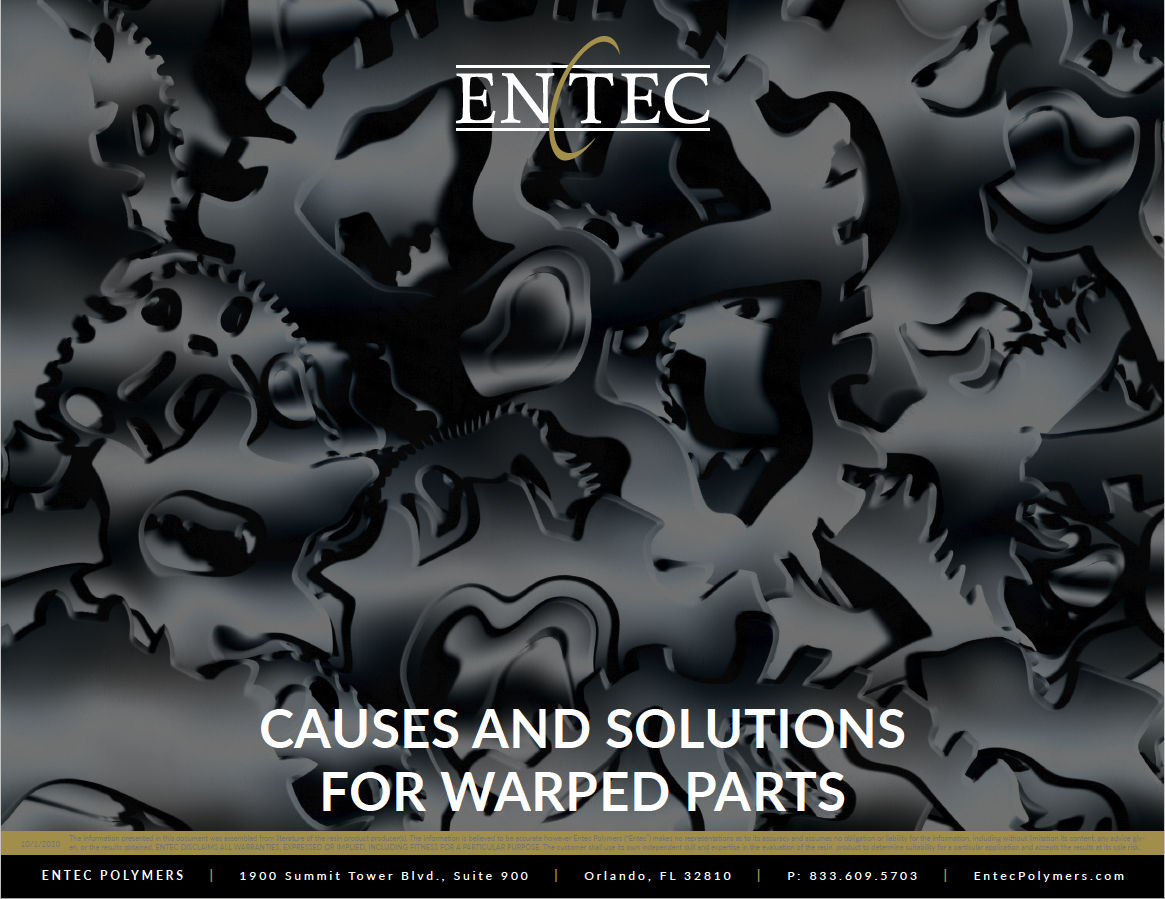Guide to Rotational Molding
Rotational molding, more commonly called Rotomolding, is a processing method that has been around for many decades. Basically, in Rotomolding a plastic powder is weighed and poured into a mold which then goes into an over. While the mold is in the oven, it is heated and rotated and the plastic powder starts to melt and builds up until the desired thickness is reached. The mold is then removed from the oven and allowed to cool before it is opened and the part is removed. Rotomolding is used to produce hollow parts that can range in size from small to very large.
There are many advantages to Rotomolding compared to other common plastic processing methods. Some of the main ones include:
- Mold and tooling costs are low.
- Good for small volume or short production runs.
- Can make very large parts.
- Able to make hollow parts.
- Low-pressure process so parts are virtually stress-free.
- Little to no resin waste or scrap.
Rotomolded parts can be found in virtually every industry and market. Common rotomolded applications include:
While polyethylene is by far the most widely used resin for Rotomolding, other resins such as polypropylene, nylon, acetal and polyester are also used.
If you’re interested to learn more about Rotomolding, then check out our new Guide to Rotational Molding where you’ll learn more about the Rotomolding process, applications, part design, resins used, molds, and equipment. We’ve even included a helpful Rotomolding Troubleshooting section to help you solve any processing problems or part defects.
And if you are looking for more information after reading our Guide to Rotational Molding, then you can contact Entec Polymers and speak with one of our Rotomolding experts.
Contact Us Today!Learn More about Rotomolding
Click Here!
















